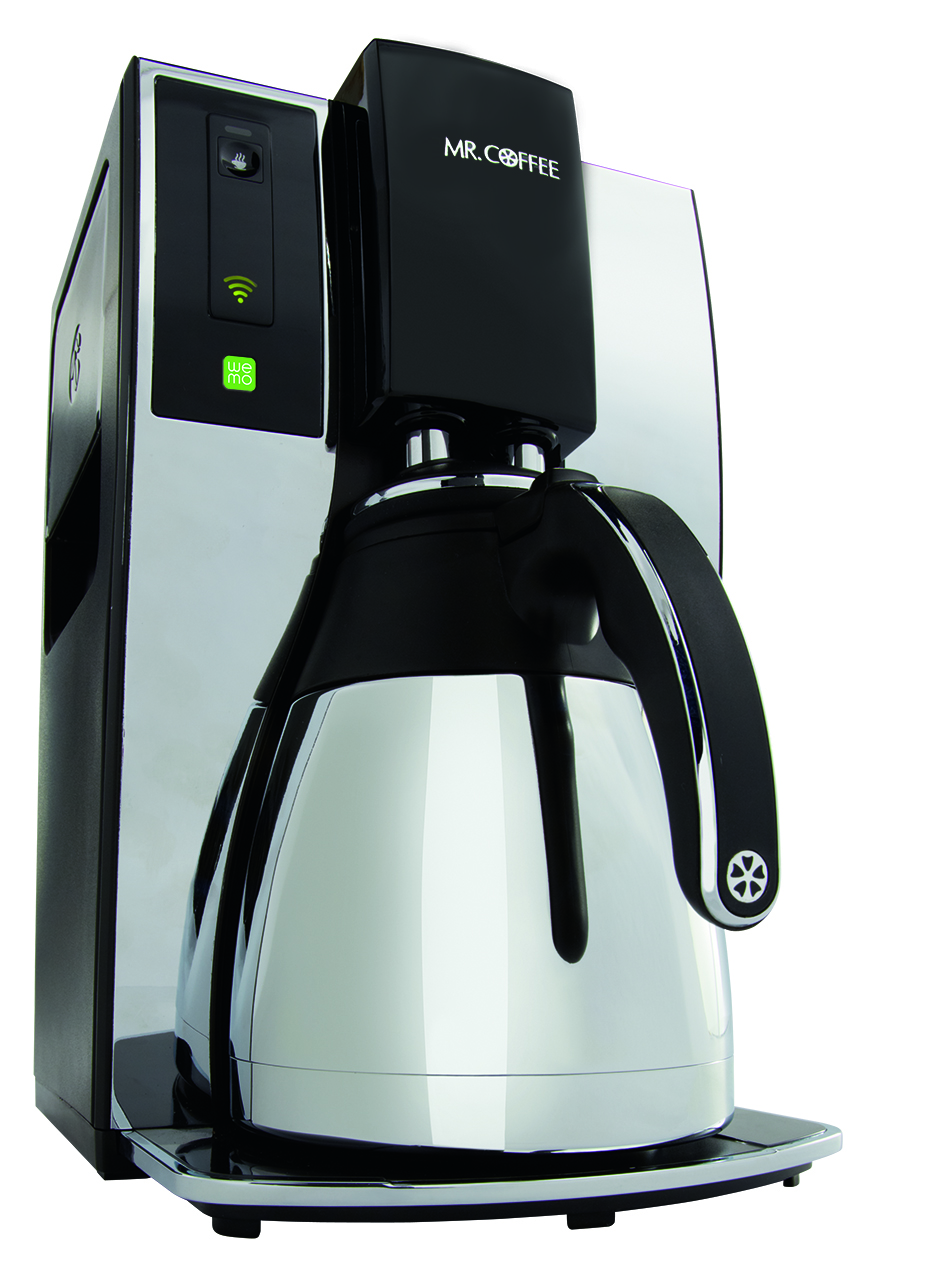Article
Wi-Fi might fix wireless speakers this year | The Verge
Wi-Fi for audiophiles: Alliance preps TimeSync certification program | The Register
From the horse’s mouth
Wi-Fi Alliance – TimeSync
Whitepaper (PDF)
My Comments

Speakers like the Denon HEOS family will benefit from WiFi TimeSync so that they can be used with different manufacturers’ systems
The Wi-Fi Alliance have worked towards a standard for keeping time-sensitive data synchronous on a Wi-Fi network segment. This has become a very difficult situation with networks that rely on packet-based data-transfer technology because you are never sure whether data packets are leaving or arriving at the same time.
The key application case being put forward for Wi-Fi TimeSync is to use Wi-Fi technology to provide multiple-channel audio and video with an open-frame wireless approach for home-entertainment setups.
One implementations seen in this context would be a household starting with the TV’s internal speakers for video sound but moving towards a sound bar and / or external speakers plus a subwoofer located up the front beside the screen. Then they move towards a fully-fledged home theatre setup with rear speakers, using speaker systems from manufacturers they prefer at prices they prefer.
Another implementation would be a single-piece multiroom speaker or single-piece music system. The user then adds one or two extra speakers as their budget allows so they benefit from improved stereo separation. This also comes in to play for a multiple-speaker setup for environments where they want to “spread the sound” such as during a party.
But there are other use cases. One would be to use Wi-Fi in the context of connecting wireless microphones, instrument connections (guitars and electric basses) and wireless monitor setups for recording, broadcast and PA applications. Similarly, video field production would benefit in supporting a wireless link from one or more cameras and audio devices to the one video-production desk or video recording transport; or SMPTE time-synchronisation data can be wirelessly sent amongst multiple AV devices which have their own recording transports like camcorders or audio recorders.
Another use case being put up is showing the same video across multiple displays with a wireless link between the source and the displays. This could benefit automotive, coach and airline applications where the same video content held on a mobile device may be shown on seatback or dropdown screens to the passengers. Similarly, it could be about the use of temporarily-installed displays showing content from one main video system but allowing for “quick setup quick teardown” installation.
They also see this same technology for control and instrumentation applications such as patient monitoring in healthcare applications, industrial automation on the factory floor and, most likely, smart buildings and smart cities. For the smart home, it could be about using multiple temperature sensors to measure indoor room temperature so as to control the HVAC system efficiently.
In these applications, there is a goal to be manufacturer-independent, something that will break a curse associated with current Wi-Fi-based multiroom-audio applications. This is where the multiroom or multichannel functionality will only work with equipment supplied by the vendor or equipped with silicon from the same chipset family.
The Wi-Fi TimeSync standard will be based on the 802.11 Time Measurement standard and will support millisecond-level synchronisation. It will be independent of the baseband (physical-layer) Wi-Fi technology so as to support Wi-Fi segments implementing 802.11n or the newer 802.11ac standards.
A question worth raising is whether access points and routers need to support the Wi-Fi TimeSync standard themselves or if this can be facilitated on existing home or business-grade equipment. Another question that will also be raised is whether the same level of synchronisation can be achieved across a Wi-Fi segment involving multiple access points whatever the backbone. This can also include the common wireless-range-extender scenario that works from an extant wireless-network segment and creates its own wireless-network segment.
Here, it may also be about standards bodies representing the Cat5 Ethernet, HomePlug powerline, MoCA TV-coax and similar wired-network technologies considering higher-level support for packet synchronisation on the media types.
The initial call is that chipset vendors will offer the necessary silicon by end of 2017 for manufacturers to integrate in to their device designs. Then it will take some time for these designs to materialise as equipment like Wi-Fi-based wireless speakers or amplifiers.
What this could lead to an open platform for AV applications which can lead to a breeding ground for innovation and a reduced price point for these devices. Other areas will benefit from using a Wi-Fi wireless network for synchronising real-time data accurately.


